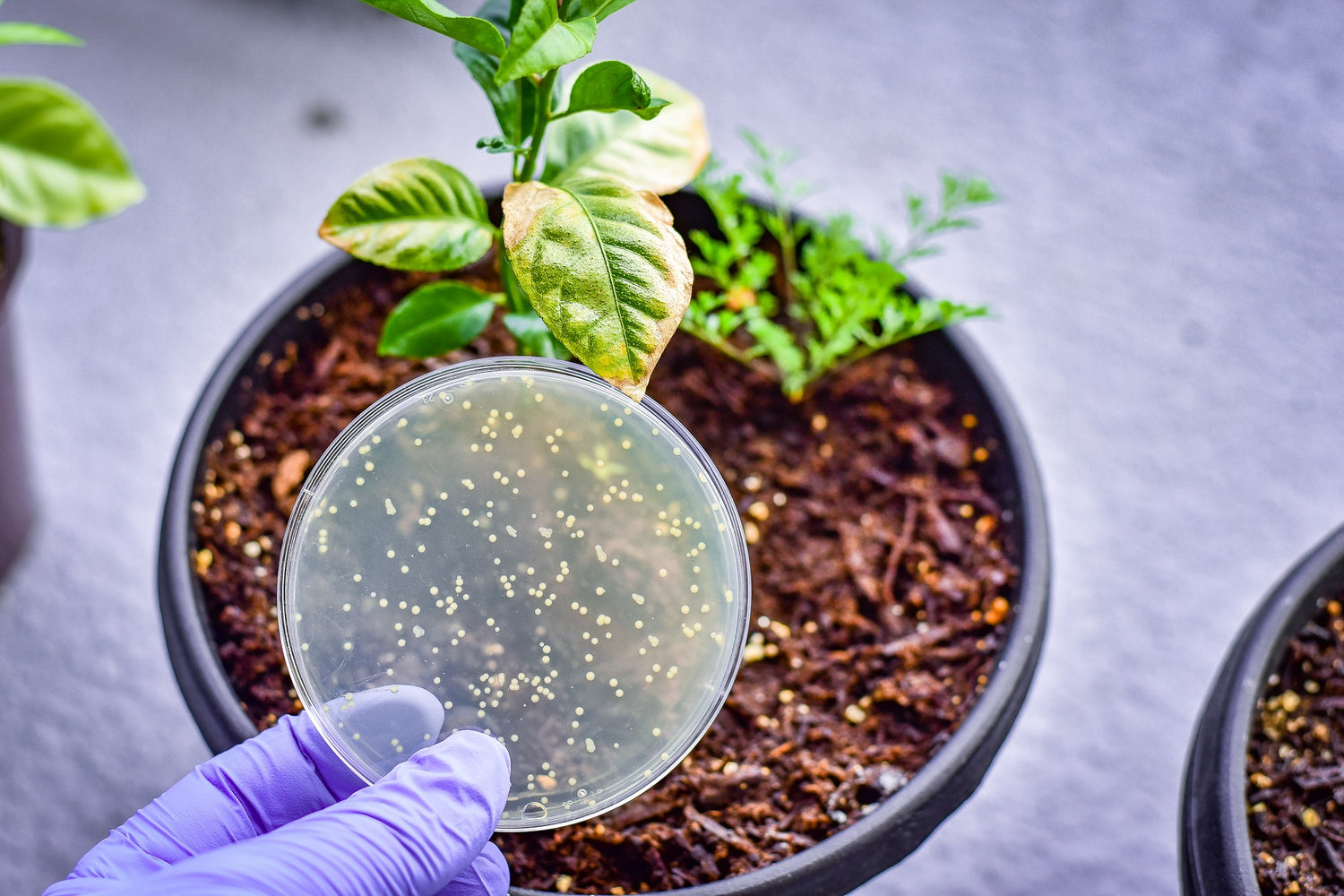Actinomycetes are a broad group of bacteria that form thread-like filaments in the soil. The distinctive scent of freshly exposed, moist soil is attributed to these organisms, especially to the nutrients they release as a result of their metabolic processes. Actinomycetes form associations with some non-leguminous plants and fix N, which is then available to both the host and other plants in the near vicinity.
Actinomycetes are soil microorganisms like both bacteria and fungi, and have characteristics linking them to both groups. They have many processes that are beneficial to soil health including
- Decomposition of cellulose matter
- Ammonium fixation and synthesis
- Degradation of humus
- Disease Resistance
- Act as Biocontrol agents
- Bioremediation of lignin, cellulose, petroleum, and heavy metal contaminants
They play major roles in the cycling of organic matter; inhibit the growth of several plant pathogens in the rhizosphere and decompose complex mixtures of polymer in dead plant, animal and fungal material results in production of many extracellular enzymes which are conductive to crop production. The major contribution in biological buffering of soils, biological control of soil environments by nitrogen fixation and degradation of high molecular weight compounds like hydrocarbons in the polluted soils are remarkable characteristics of actinomycetes. Besides this, they are known to improve the availability of nutrients, minerals, enhance the production of metabolites and promote plant growth regulators.
Actinomycetes in EM
Actinobacteria, and streptomycetes, which are contained in EM, are known to constitute a large part of the rhizosoil microbiota. They may live saprophytically and endophytically in both natural and agricultural environments where they may colonize the rhizosphere and different morphological parts of plant roots. Therefore, considering their plant growth-promoting activity, streptomycetes represent an excellent alternative for improving nutrient availability to crop plants. Plant growth-promoting streptomycetes (PGPS) stimulate and enhance several direct and indirect biosynthetic pathways in plants, for example, inorganic phosphate solubilisation, biosynthesis of chelating compounds, phytohormones production, inhibition of plant pathogens, and alleviation of various abiotic stresses.
The image below shows the representation of possible plant–microbe interactions favouring plant growth and/or biocontrol of phytopathogens by streptomycetes.






